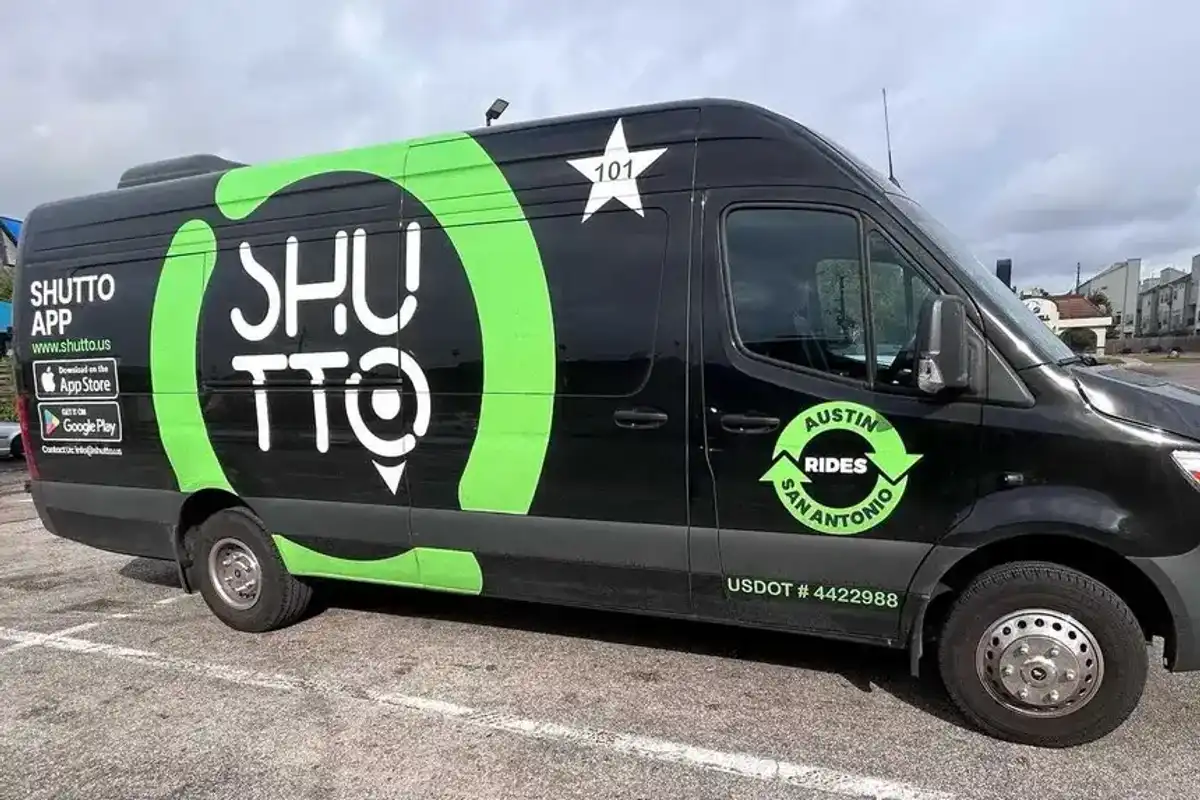Houston space co. secures $4.8B NASA contract to provide communications, navigation services
near space exploration
Houston-based space exploration, infrastructure, and services company Intuitive Machines has snagged a deal with NASA that could be worth more than $4 billion.
Under the contract, Intuitive Machines (Nasdaq: LUNR, LUNRW) will supply communication and navigation services for missions in the “near space” region, which extends from the earth’s surface to beyond the moon.
The five-year deal includes an option to add five years to the contract. In total, the contract could be worth $4.82 billion. The initial round of NASA funding runs from October 2024 through September 2029.
“This contract marks an inflection point in Intuitive Machines’ leadership in space communications and navigation,” Steve Altemus, CEO of Intuitive Machines, says in a news release.
Under the deal, the company will deploy lunar relay satellites and provide communication and navigation services that play a role in NASA’s Artemis campaign to establish a long-term presence on the moon.
A highlight of the contract is the debut of Intuitive Machines’ lunar satellite constellation, a service that the company “believes is a strategic element in its vision to commercialize lunar activities.” The constellation will deliver data and transmission services and enable autonomous operations.
Earlier this month, Intuitive Machines secured its fourth contract with NASA’s Commercial Lunar Payload Services, or CLPS, program. The $116.9 million agreement will task Intuitive Machines with delivering six science and technology payloads, which will include one European Space Agency-led drill suite to the Moon’s South Pole.
Additionally in August, Intuitive Machines signed a deal with Houston-based launch services company SEOPS to offer lunar rideshare services. Under the deal, Intuitive Machines will enable SEOPS to deliver customers' payloads to the surface of the moon, as well as to Lagrange points and geostationary transfer orbits.
- Play it back: This Houston innovator is on a mission to develop tech for the moon ›
- Houston space tech company secures $116.9M NASA contract ›
- Houston space tech co. makes history with lunar lander launch ›
- 2 Houston companies collaborating to develop lunar rideshare services ›
- Houston innovator discusses the power of a pivot and the future of the Space City ›
- Two companies will attempt the first US moon landings since the Apollo missions a half-century ago ›
- Houston space tech company secures $2.4M to collaborate on moon exploration innovation ›
- NASA awards $30M to Houston space tech company to develop lunar rover ›
- Space tech startup opens new $40M HQ at Houston Spaceport ›
- Houston space tech co. rolls out futuristic lunar rover for NASA's Artemis missions - InnovationMap ›
- Houston space cos land $25M grants from Texas Space Commission - InnovationMap ›
- Intuitive Machines lands $10M grant for re-entry vehicle and orbital lab - InnovationMap ›





